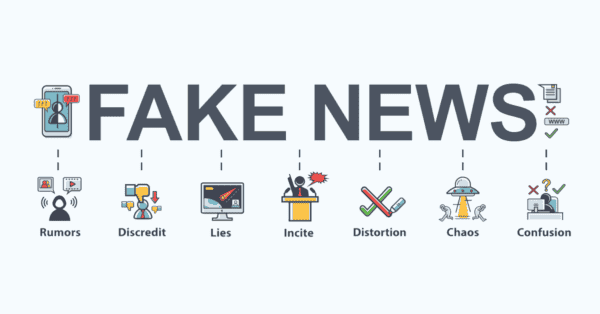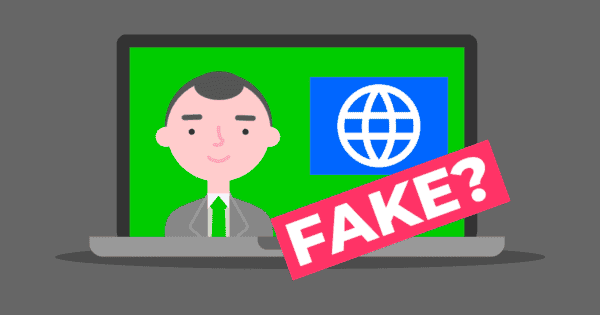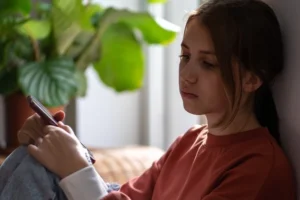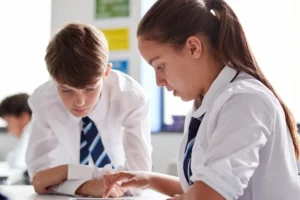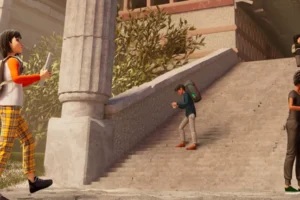While we’re living in a time where information is shared as never before, we cannot be sure that it is true, or that a photo is who or what it appears to be. Filters, photoshopping, deep fakes – and false news or conspiracies are all confusing. Does it matter? Well in a world pandemic it has hit home how much we depend on accurate information and how easily untrue rumours or conspiracies are spread. In the first week of the lockdown one-quarter of us in the UK accessed news 20 or more times a day [source].
It does not help to share tips for Coronavirus ‘cures’ – some people are made ill by these and ‘theories’ about how the virus started have caused racist attacks.
So how does fake news get so much attention? 10 ways it is spread:
- It is often made to look like a well-known newspaper or site headline
- It might be what is called click-bait – misleading or shocking headlines designed to get lots of clicks and draw people in
- It may be shared by people by mistake who did not read it fully – it could come from one of your online contacts and look genuine
- It could have little nuggets of truth within it that make it seem plausible
- It is often written to make people worry so that it gets noticed
- It may play on prejudice and trigger racist reactions or extreme views
- Fake news may appear as a pop-up or in social media feeds, web pages or in mainstream media
- It could be satire – meant as a joke or a parody, a hoax
- It might be simply poor journalism with facts not properly checked
- Scammers are out there trying to take advantage of the situation – there is an increase in online abuse and fraud
Fake news can be spread by bots, artificial intelligence and algorithms, as well as ourselves. BBC Newsround showed a group of children a number of fake news stories and asked them which ones they believed. When told they were all fake, the children found that truth hard to believe. It is harder for children and young people to tell the difference.
We need to know the truth now as never before. This is time for critical thinking skills – ask:
- 1. How credible is the source? (Where it comes from)
- 2. Is it trying to sell something (Perhaps by scaring us into buying a product?)
- 3. Can we check it is reliable? Do a simple search in your browser. Has it appeared anywhere on TV and radio or on reliable sites? Is the style of the language used what you would expect from this source? If it looks like a well-known news service website, go onto that site and search for this information. Use one of the sites below to fact check it. Are the details and dates correct? Can we find out more about this event, place or person?
Where do we look for reliable information?
Fact checker websites:
Ofcom has also put together a list.
What actions are service providers taking?
Facebook shut down 5.4 billion fake accounts in 2019 [source].
Can I report fake news?
Report fake accounts and pages that often spread misinformation to the social media provider.
To get accurate information about COVID-19
Visit: www.gov.uk/COVID-19
To help children recognise fake news
Google has created a game to play with your child – which helps children identify what is real or fake.


